*This post doesn't display fully in the email, so be sure to read it in the Substack app or on your desktop! I highly recommend downloading the app for the complete experience.*
In March I traveled to San Francisco for work again and visited the SF Botanical Garden, and I spent a good four hours by myself there. I didn’t want to leave. The weather was so perfectly sunny that I even broke a small sweat while walking around. I’ve been to a handful of botanical gardens in my life, but the SF one really felt special to me. My favorite spots were the Ancient Plant Garden, Redwood Grove Garden and all the tiny daisy patches growing all over the grass.
While mindlessly roaming, I noticed a familiar flower: the calla lily. I knew and loved this flower, but the one in front of me was so gigantic that I'd never seen one this big before. It was difficult not to photograph the white flower because it contrasted so sharply with nature's greens and browns. I don't think my images do them justice, but believe me when I say they're big.
If you missed my previous flower deep dive on the orchid, you can read it here if you like. I was so impressed by the calla lilies at the SF Botanical Garden that I knew they had to be the next topic I wrote about.
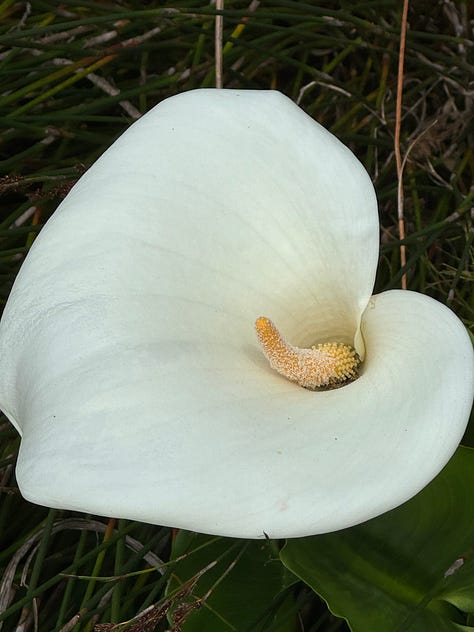

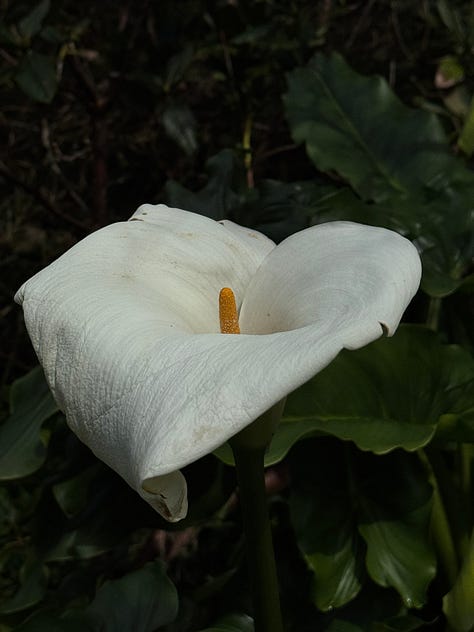
History
The calla lily is native to Southern Africa, namely Swaziland, Lesotho, and South Africa. They grow naturally in marshy places and along stream banks, flourishing in damp, temperate temperatures. Though having the word lily in their name, they are not lilies at all. They are in a whole different family called Araceae that includes caladiums and philodendrons, which are more leaflike.
The term calla lily comes from the Greek word "kallos," which means beauty or most beautiful. In Greek mythology, Zeus had a son named Hercules with a mortal woman while married to the goddess Hera. Zeus fooled Hera into feeding Hercules her milk, bestowing upon him superpowers. When she woke up, she threw Hercules away from her, and two drips of milk dropped on the ground, creating the most exquisite flower: the calla lily.
Venus, the goddess of love, beauty and desire, noticed the calla lilies and was envious of the flower’s beauty. She cursed their beauty by inserting a huge yellow spike into the center of the flowers. Because of this myth, some people associate calla lilies with Venus, which is associated with passion and sexuality. The spike inside the calla lily bloom is the genuine flower, whereas the outside petal is a form of leaf. The inner spike was identified by the ancient Egyptians and Romans as phallic. Egyptians associated calla lilies with fertility, while Romans associated them with sensuality.
Nonetheless, cleanliness, holiness, and fidelity are the most widely held associations with calla lilies. It frequently shows up in representations of the Virgin Mary. Calla lilies are also linked to Jesus' resurrection because they bloom around Easter and have shapes that resemble trumpets, which represent victory.
Calla lilies & Katharine Hepburn

Stage Door is a film starring Katharine Hepburn about a group of actors who live in a women's boardinghouse and compete for parts in a play. Hepburn's calla lily monologue in the film originates from her earlier stage performance in the Broadway play The Lake in 1933, which was widely panned.
Hepburn’s melodramatic line in The Lake, “The calla lilies are in bloom again. Such a strange flower—suitable to any occasion” became to symbolize theatrical overacting. The New York Times published a review on December 27, 1933, which you can read here. The sarcastic usage of dialogue in Stage Door ridicules the disaster that The Lake represented. Terry Randall, played by Hepburn repeatedly rehearses the same melodramatic statement in a way that both parodies and redeems it.
Oh, how I wish I could have been in that theater to witness Hepburn's performance. Honestly, I doubt it was even that horrible (but what do I know). I did come across a comment from writer Dorothy Parker criticizing Hepburn's portrayal in The Lake: "She runs the gamut of emotions from A to B."
However, the exact origin of this remark was somewhat ambiguous when I first researched it. The earliest known citation of this quote appears in a 1934 article from Time magazine, which reported that Parker made the comment during an intermission of The Lake. The article says, "During an intermission of The Lake, Dorothy Parker remarked to others in her party, ‘Well, let's go back and see Katharine Hepburn run the gamut of human emotion from A to B.’” I needed to know the conclusion of this vintage gossip, so I made the decision to look a bit farther.
Tracy and Hepburn: An Intimate Memoir was written in 1971 by Garson Kanin, a writer, director and longtime friend of Katharine. Although it focused on Hepburn's personal and professional connection with Spencer Tracy, with whom she had a long-lasting secret love affair for more than two decades, it also included details about Hepburn. There’s a part in the memoir where he clarifies the origin of Parker’s quote by recalling a conversation he had with Parker herself which she confirmed that she did say it. Years later Parker stated about Hepburn, “I don’t think there’s a finer actress anywhere… Oh, I said it all right. You know how it is. A joke… When people expect you to say things, you say things. Isn’t that the way it is?”
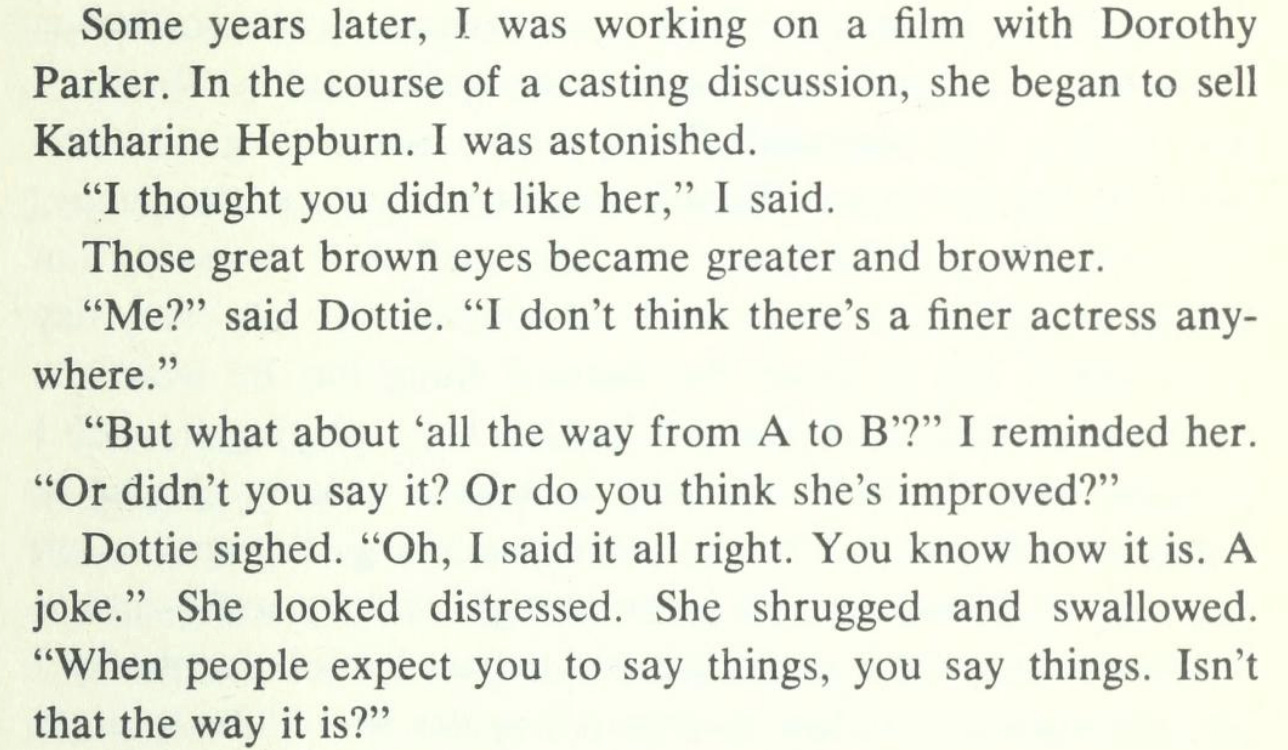

Lucille Ball, who also starred in Stage Door, cites the infamous calla lily line in a 1956 episode of I Love Lucy when her character tries to establish her acting abilities, adding a layer of meta-humor given her connection to the original film.
Death
White calla lilies in particular are what I think of when I think of death and funerals. They represent resurrection, rebirth and the cleansing of a deceased soul, according to what I've read. For grieving families they offer comfort and symbolize a peaceful transition. In Easter services, they also represent the resurrection of Christ and new beginnings. If a broken calla lily is shown on an old gravestone it signifies that the deceased passed away too soon.
Last September, I wrote about the relationship between death and flowers here (again, only if you want to read it if you haven’t yet).
While researching tombstones with calla lily motifs, I stumbled upon a blog (I’m so glad people are still using WordPress) titled Gravely Speaking by Douglas Rife. His blog is dedicated to exploring the art, symbolism and history of gravestones and cemeteries. I found this post he published in 2012 about these beautiful calla lily tombstones. I spent a good hour reading his writing and I wanted to share it on here.
Weddings
The white petal represents the chasteness of the bride, while the inner spike symbolizes her expectation of fertility to come as she hopes to have children. They are often used in wedding bouquets as the flower represents devotion and marital bliss. The calla lily flower is the official bloom to represent a sixth wedding anniversary.
Floral arrangements were by Pretend Plants and Flowers, an L.A.–based floral design studio that, despite the name, actually uses real flowers. Chloë Sevigny’s bouquet consisted of just five calla lilies. According to Pretend Plants co-founders Michael Woodcock and Ezra Woods, the choice was a nod to the bouquet Sevigny’s grandmother carried. She later put stephanotis flowers and baby’s breath behind her ears. For the reception, they created larger arrangements with baby’s breath, calla lilies, ranunculus, pale-blue Japanese delphinium, black-and-white delphinium, dianthus, locally foraged wisteria, and sweet-pea vines, with satin ribbons and bows throughout.




Calla is a romantic fantasy film from South Korea that centers on a man who finds himself drawn into a strange love tale after being given calla lilies and a haunting sound every day. This leads him to confront memory, fate and the possibility of changing the past.
Calla lilies in artwork
This work is among her earliest depictions of flowers, and represents a subject then very much in vogue: the “exotic” calla lily. The title of this work, Calla Lily Turned Away, personifies its subject, evoking what could be perceived as “feminine” modesty. Indeed, Sigmund Freud had assigned both “male” and “female” qualities to the calla lily.
Charles Demuth’s painting is both a still life and memorial portrait commemorating Bert Savoy, a vaudeville entertainer famous for campy performances as a female impersonator. Savoy was struck by lightning on a Long Island beach in 1923. The shell and dark waves allude to the site of his death, and calla lilies are traditionally associated with funerals. Many modern artists used flowers to signify themes of sexuality and gender expression. Thus, the painting reflection Savoy and Demuth’s kinship as men in New York queer circles during the early twentieth century.
In 1922, Arthur B. Carles began a series of calla lily paintings, using the flowers’ stark shapes as the basis for formal experiments into color and surface. Calla lilies were of particular interest to Carles’s fellow modernists such as Georgia O’Keeffe, Charles Demuth, and Marsden Hartley because of their sexual connotations, which these artists frequently exaggerated or exploited. Carles’s Calla Lilies does not appear to carry any erotic overtones but instead is restrained in color and almost classically composed. Carles played with the effects of light and shadow on the curving shapes of the blossoms, contrasting the firmly modeled white flowers with the more loosely painted background. These juxtapositions expressed his fascination with the play of space in his compositions, and he likened the deliberate intervals between the flowers to the rhythmic qualities of music.
Love,
Iris





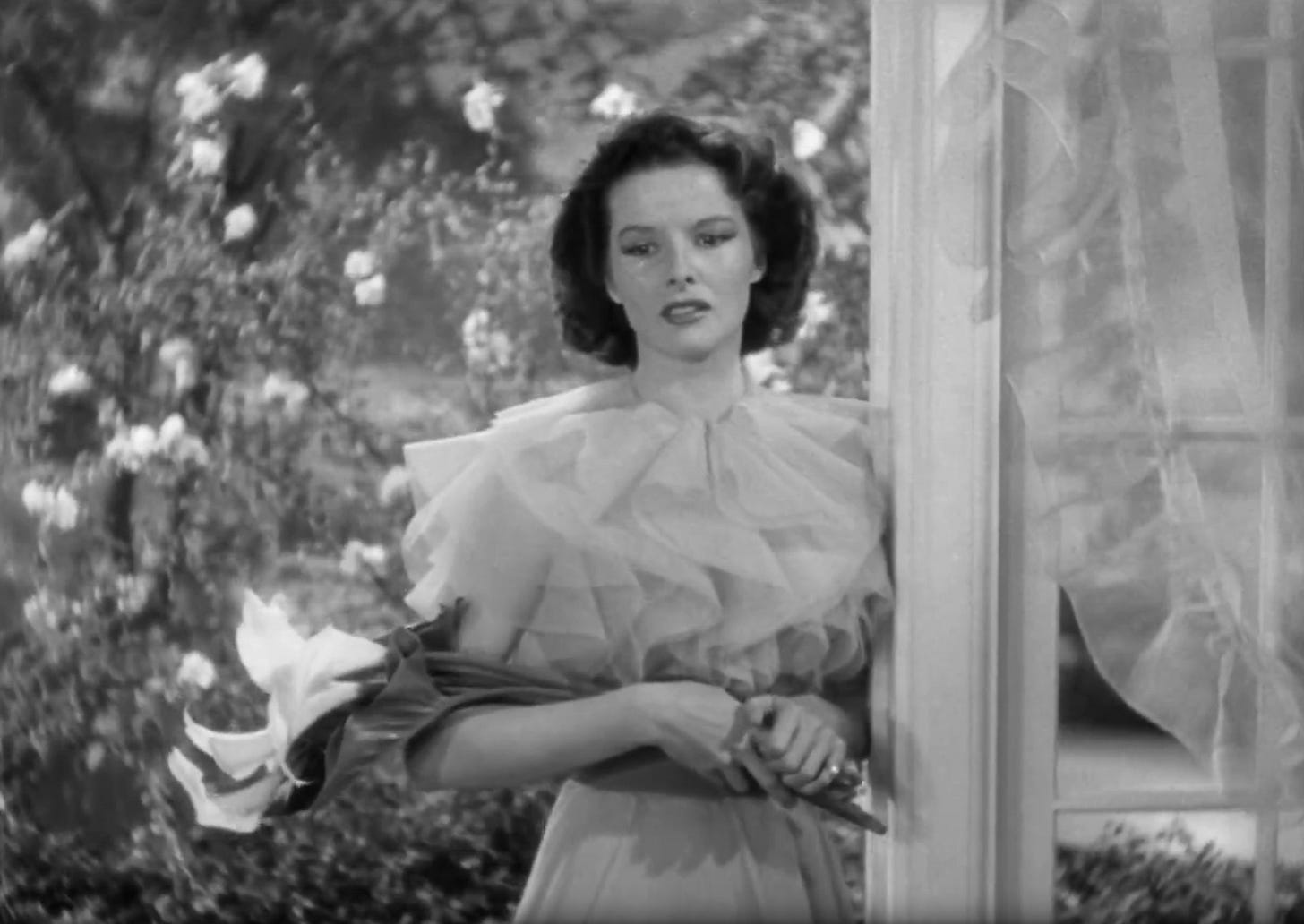
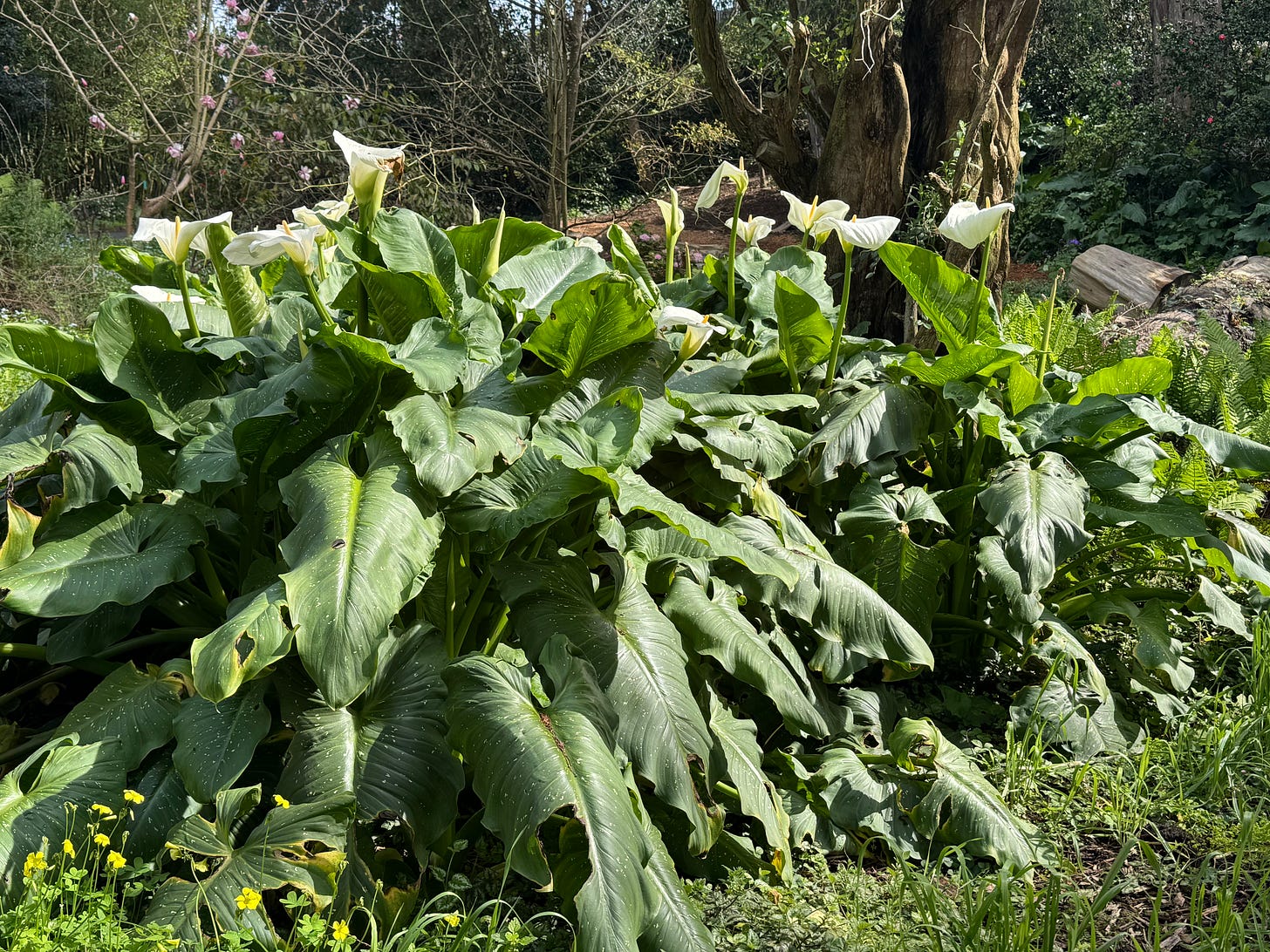

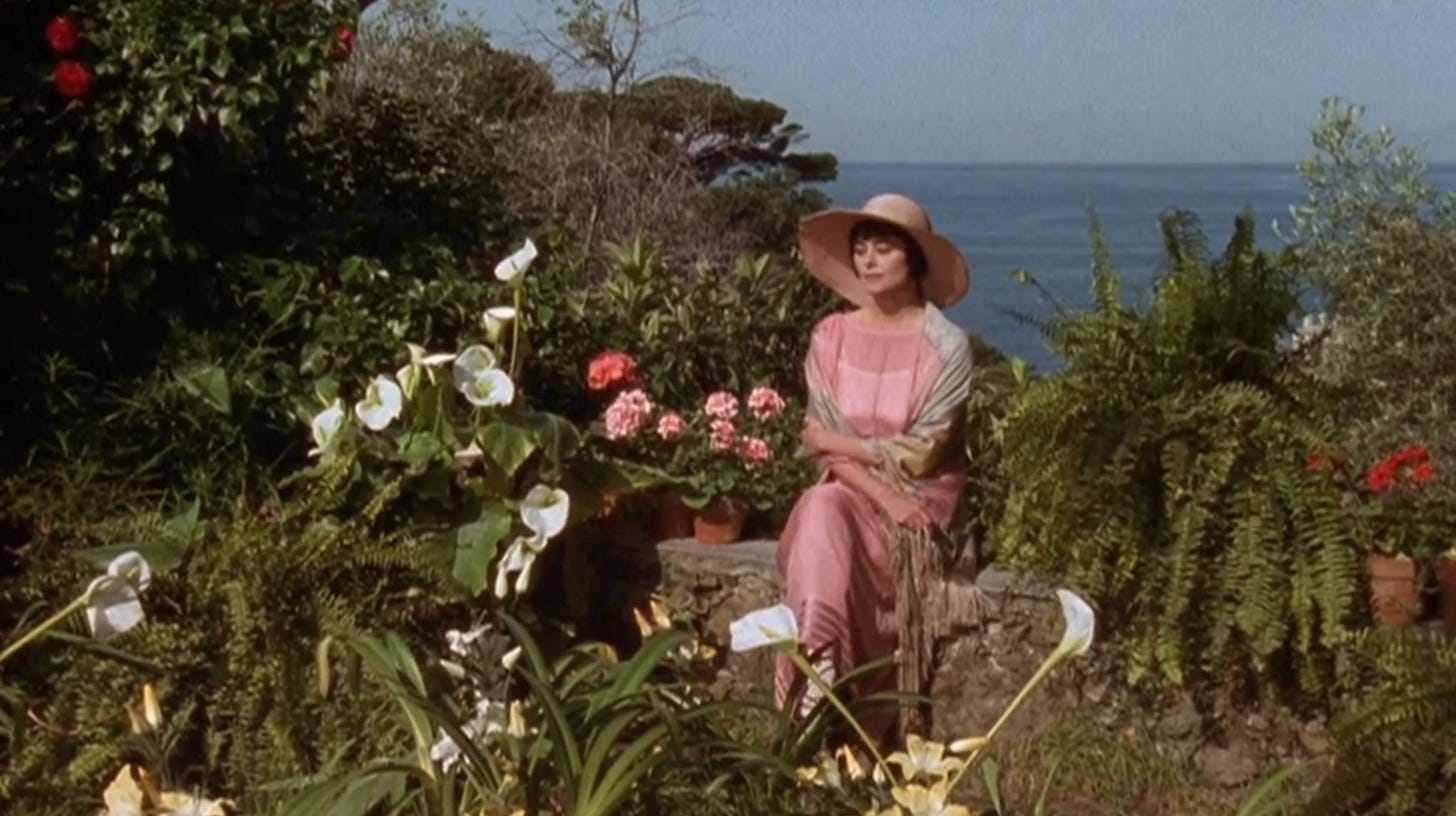








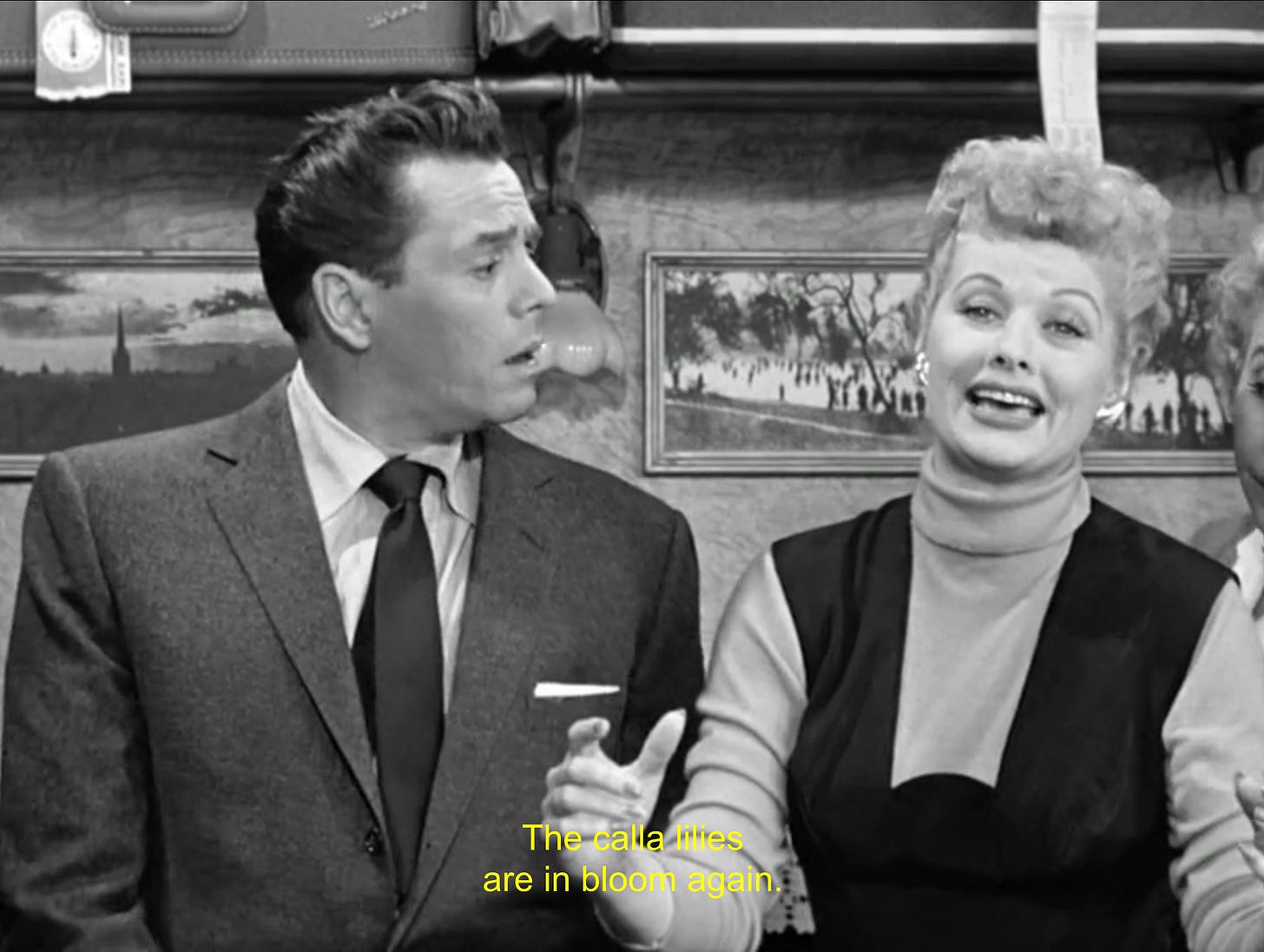










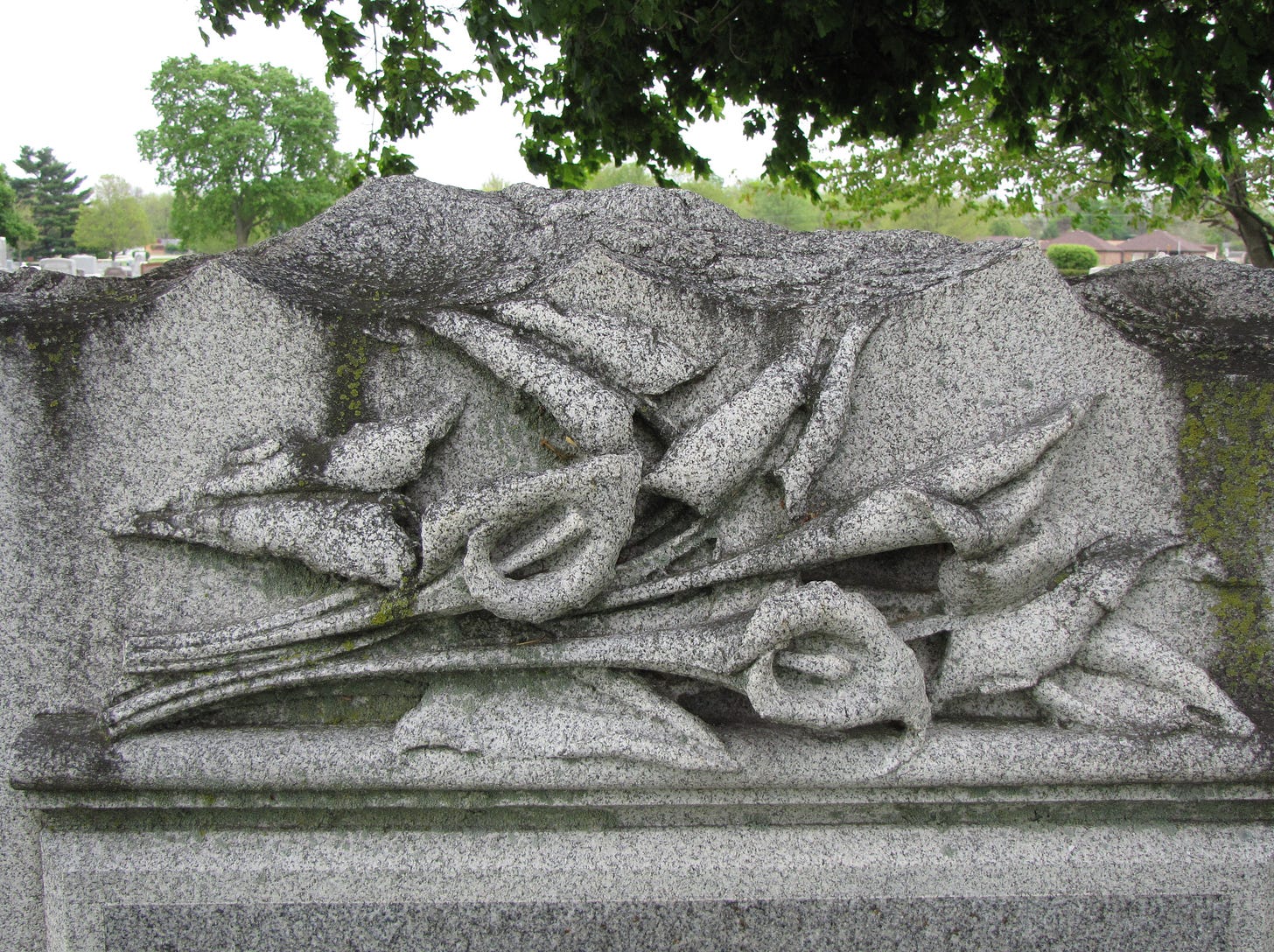





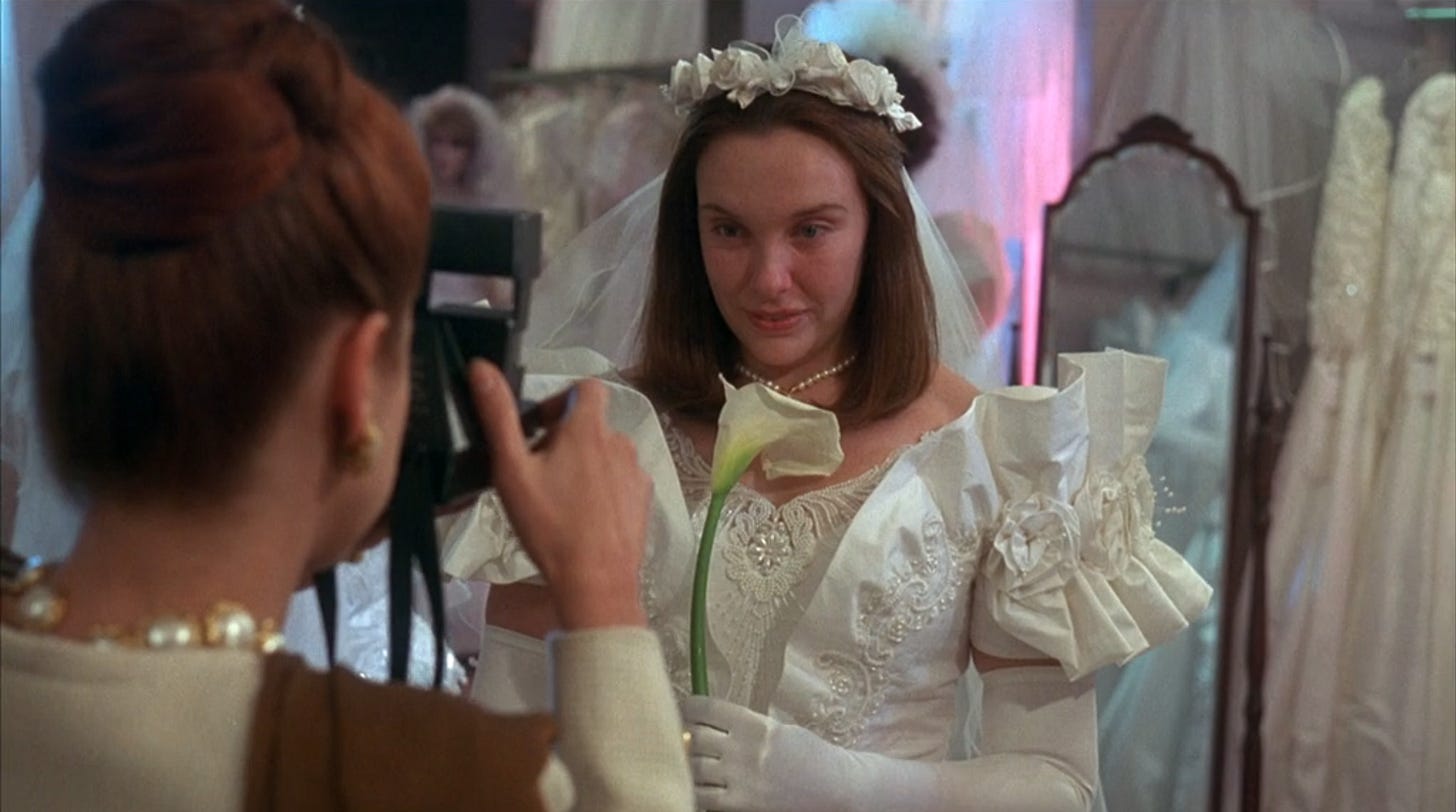


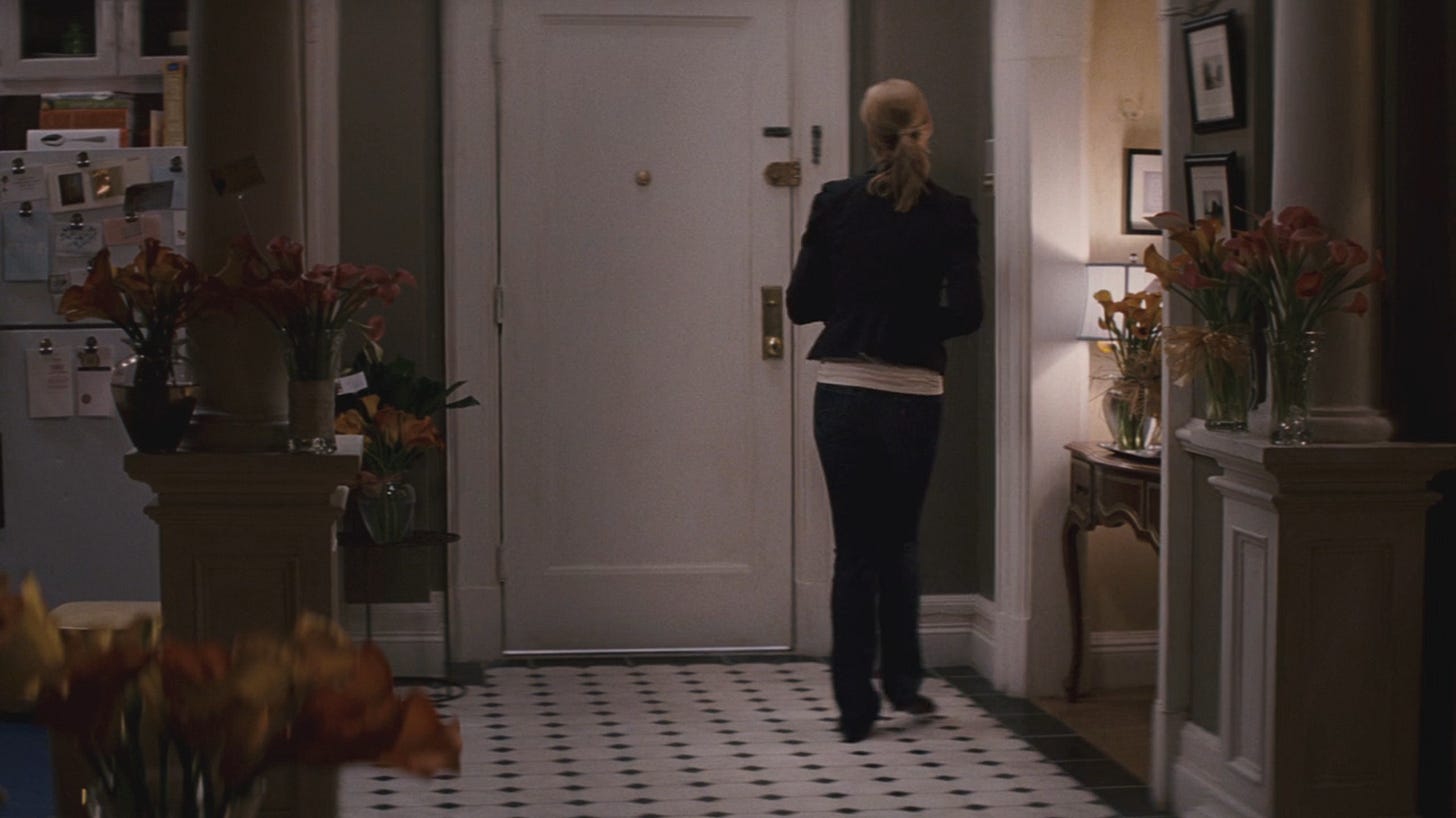


















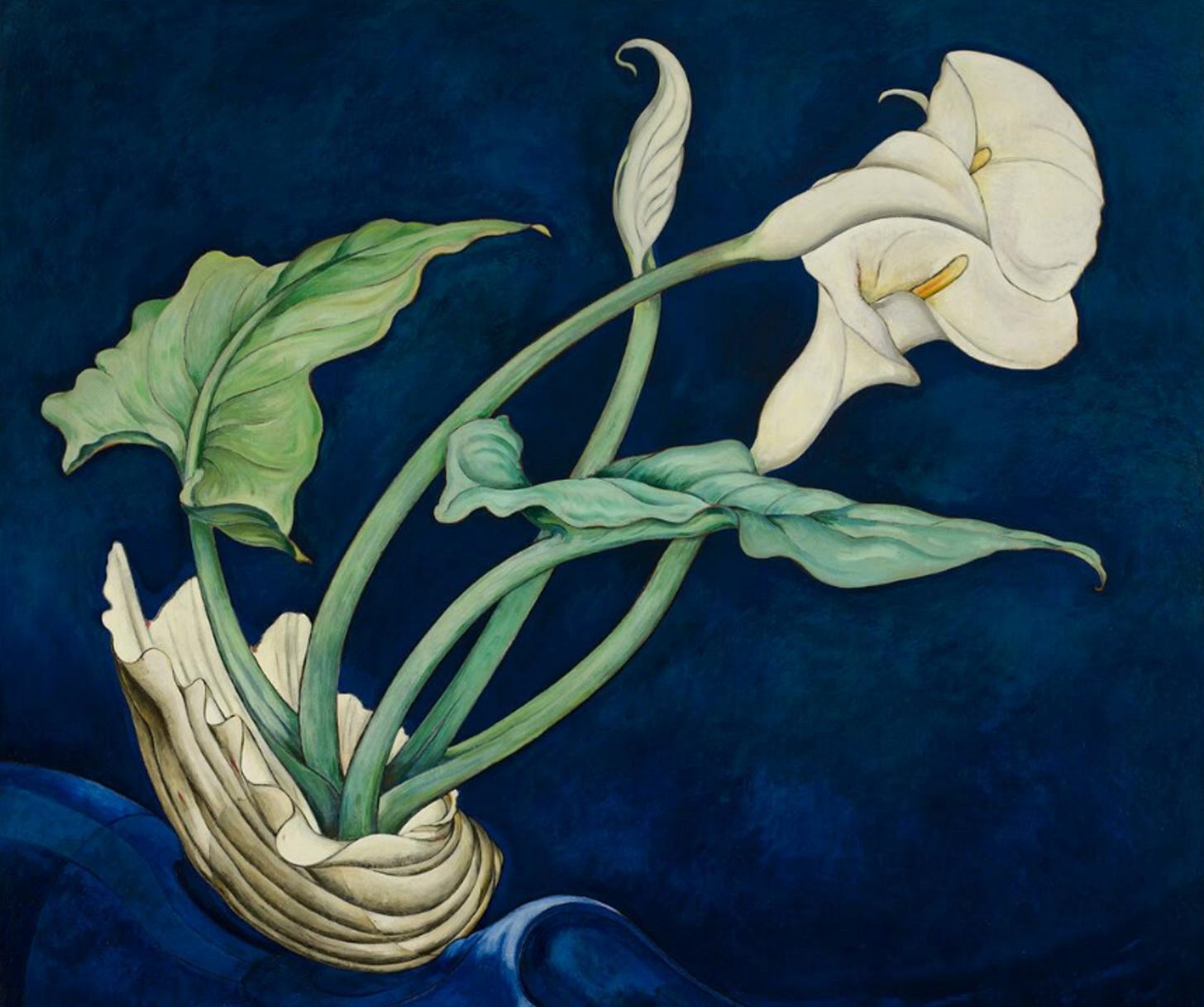





Your research is incredible! Thank you for sharing and inspiring 🤍
This was amazing!! And so many more movies I need to watch now!